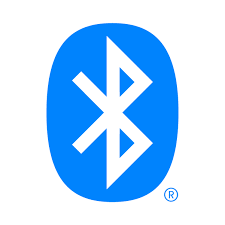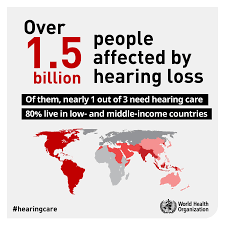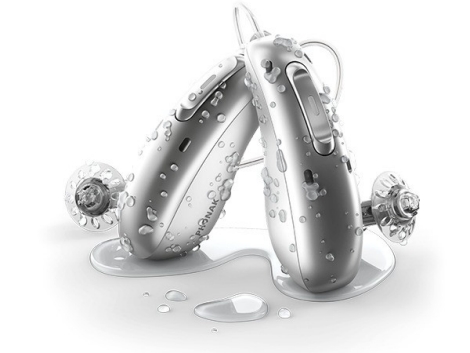Hearing Aid Coverage
Hearing aids are an investment. Like many things in life, with advancements, inflation, and the general cost of living, items are getting more expensive. But, there are funding programs available to Ontarians to help with the cost of hearing aids. These are what we would call 3rd parties and some 3rd parties offer hearing aid coverage... do you qualify? Private Insurance Coverage If you have private health benefits, outside of OHIP, a certain amount of coverage is allocated for hearing devices. This can range from coverage every 3-5 years, a percentage of the total, or a lump sum towards the cost. Regardless, any help financially can be a great benefit. For information on your benefit's coverage, call your insurance provider directly and ask them about hearing aid benefits. Government Hearing Aid Funding Under Ontario health, every Ontario citizen in need of hearing aids is eligible for funding under the Assistive Devices Program (ADP). ADP provides $500 per hearing aid every 5 years for Ontario residents with a valid OHIP card. At The Ear Depot, we consider this funding from the beginning so you get the automatic savings and we handle all of the paperwork. WSIB If you work or have worked in noise, you may be entitled to benefits from the Workplace Safety and Insurance Board (WSIB). Or as some people call it Workers Comp. WSIB will cover the expenses of hearing aids to a certain extent if it is a noise-induced hearing loss. Thus, workplace noise occurs in very loud...










Recent Comments